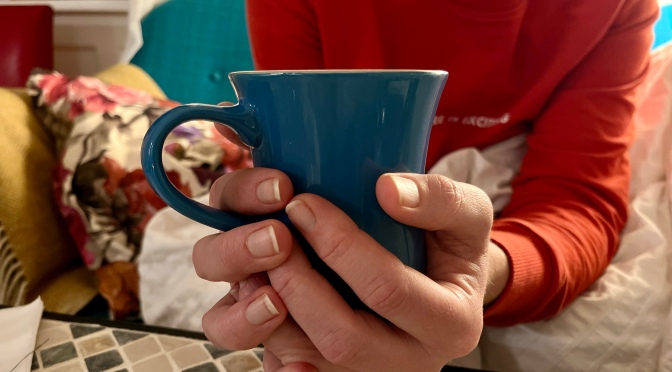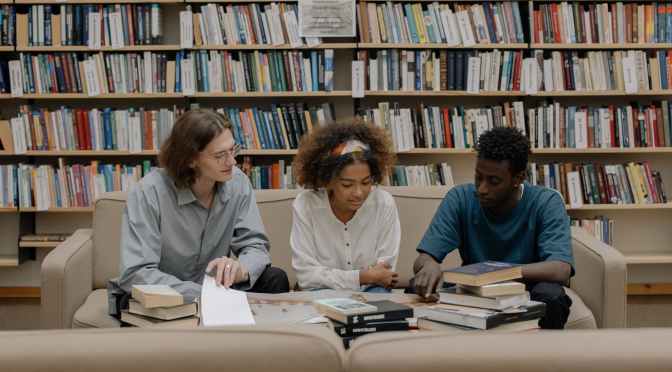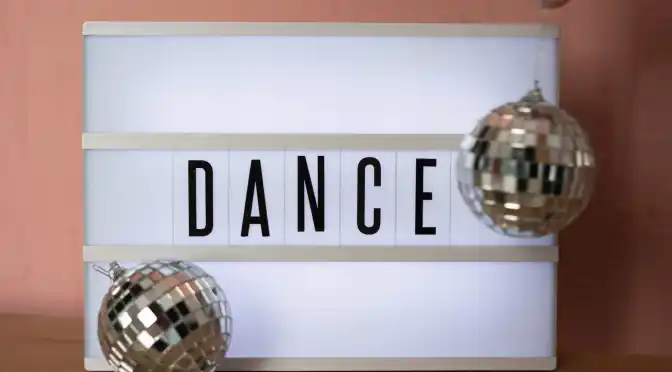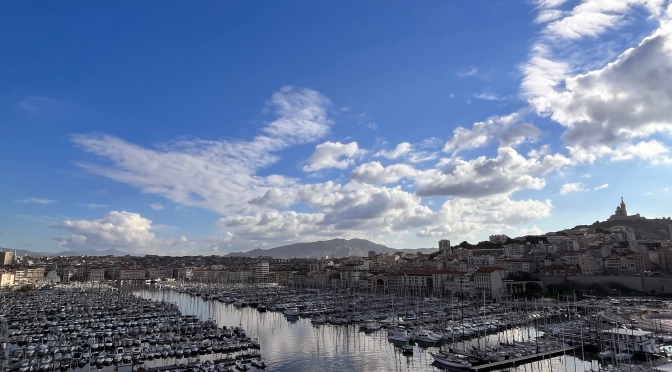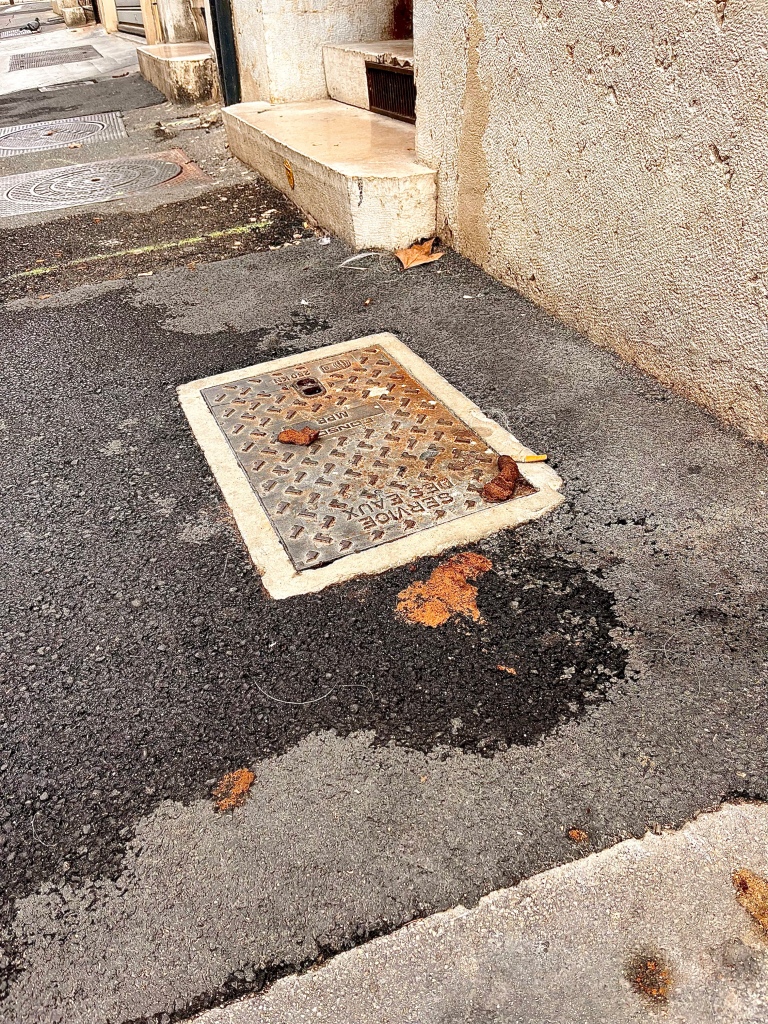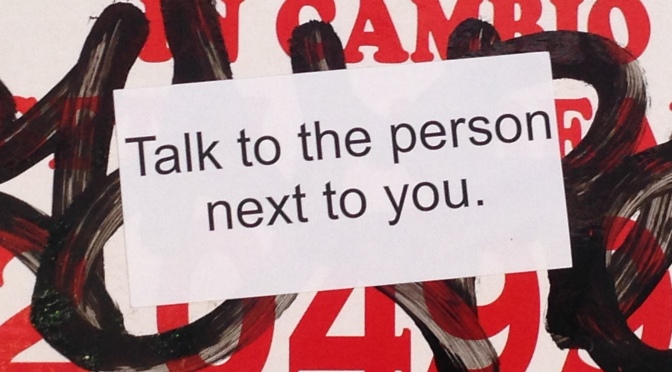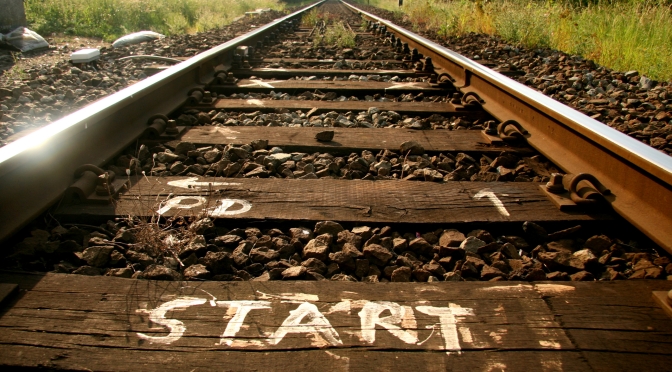The following is M’s story. It’s about community; her experience and reflections.
If I say community, what does that make you think about?
Then I’m reminded of the first time I ran a marathon. It was in the early 2000s, I was 19 and me and my best friend had talked about how cool it would be to participate. Naturally, we then agreed that we should run the Copenhagen Marathon together. We started training for it, but then he got very busy with his studies and had to focus on that. I had already come so far that I thought it would be stupid to quit and that I might as well finish what I’d started. I did hassle him quite a bit, saying he’d better come cheer since I was now running all alone because of him.
Back then we were a group of 10-12 friends who knew each other from high school, and who always showed up for Christmas parties or went to concerts together. We were always hanging out and maybe a little closed off to others, but it just felt natural that whatever we were doing, we did it together.
The day before the marathon it was a friend’s birthday, and we were all invited to her party, a two-hour train ride from the city. It was a great party except for the fact that I had to take the last train home to be ready for the next day’s run.
So, the next morning I got up early, had my breakfast, got ready and got myself to the starting line. My friends had said they would come cheer, but as I started running, I was thinking how they were really partying when I had left, and so I was pretty sure they wouldn’t show up.
About halfway through I tripped and fell. As a kid in jiu jitsu class we’d learned breakfall, and out of pure reflex this is what I did. The thing is, when doing a breakfall you end up facing the opposite direction and so when I was on my feet again, I was suddenly facing all the oncoming runners. Feeling disoriented it took me a second to start moving again, but then just a few steps further along, then suddenly there they were! I was so surprised and then at the same time thinking of course they’re here. It was a sweet mix of relief, joy, and surprise. It just felt big that they came all the way with hangovers on a Sunday morning.
They had found a concrete barrier block and were standing on top of it, banging the striped metal plate while shouting for me to keep running. So I did, and it felt like a hand on my bag, pushing me forward, giving my legs new energy. And I don’t know how, but they knew the route and so they showed up on the sidelines several times for the rest of the run. And they were waiting for me at the finish line and rewarded me with a beer and a cigarette. I think we briefly considered jumping into the harbor, but I simply got a dry t-shirt and my flip flops, and then we went feasting on a Turkish buffet until we felt queasy; them because of their hangovers, me because of the whole marathon thing. Afterwards we strolled back to someone’s house and just hung out watching The Simpsons, tired and self-contented.
I’ve been thinking that for me, community is very much about support and encouragement. There’s something about that.. I remember at one point during the run, I was running next to a small group, I think they must have been triathletes because they seemed trained in that specific way. They were running to the same beat, and it was remarkable that when I was running next to them, I adopted that same beat and it somehow felt like being part of a collective body. They were running slightly faster than me, so I couldn’t keep up with them for the rest of the run, but for a while it felt like being carried; I almost didn’t notice my feet hitting the ground because I was part of this collective motion. You could say that in a way it felt like burrowing a community, or it became like an image of what a community can be. At least what feels essential to me when I think about community.

